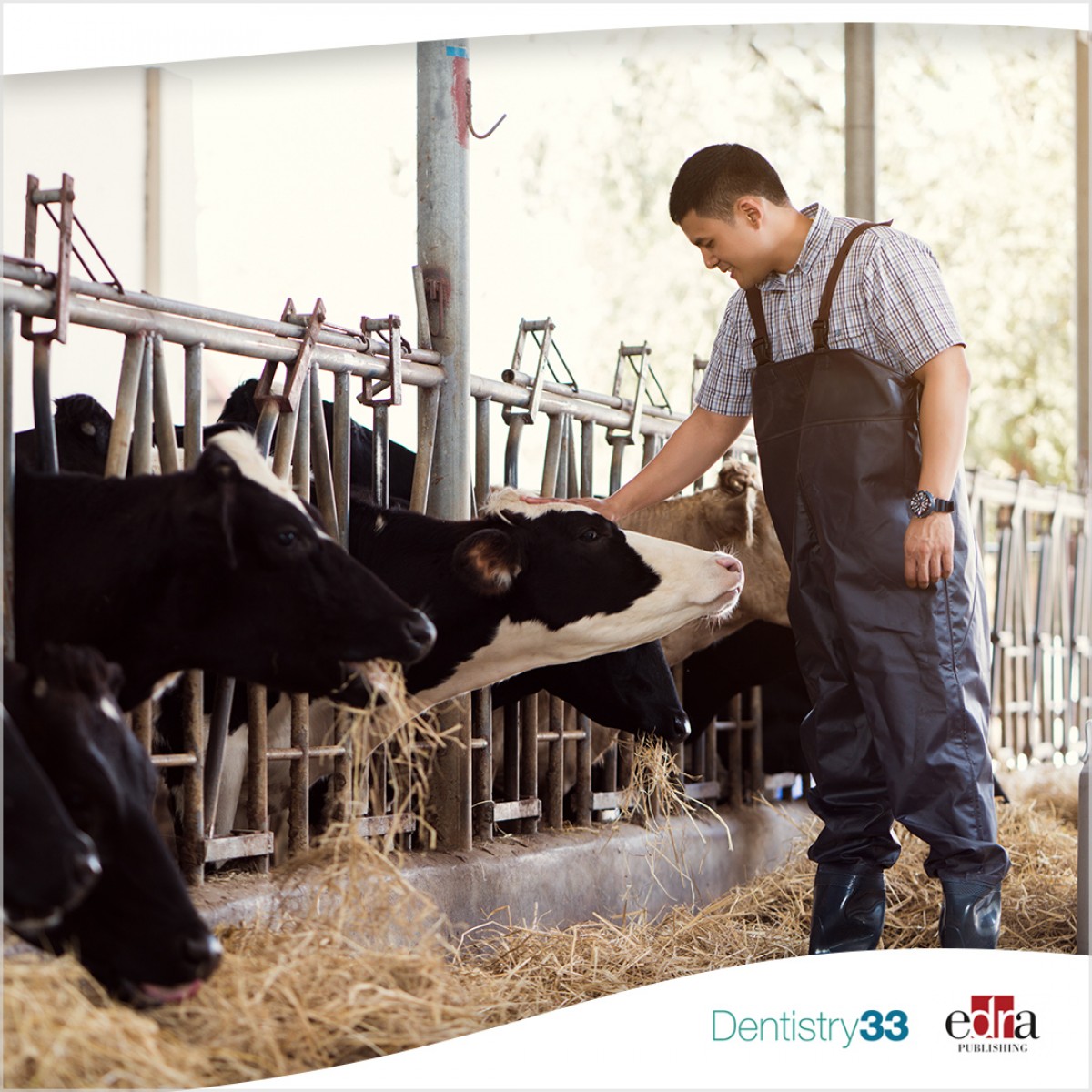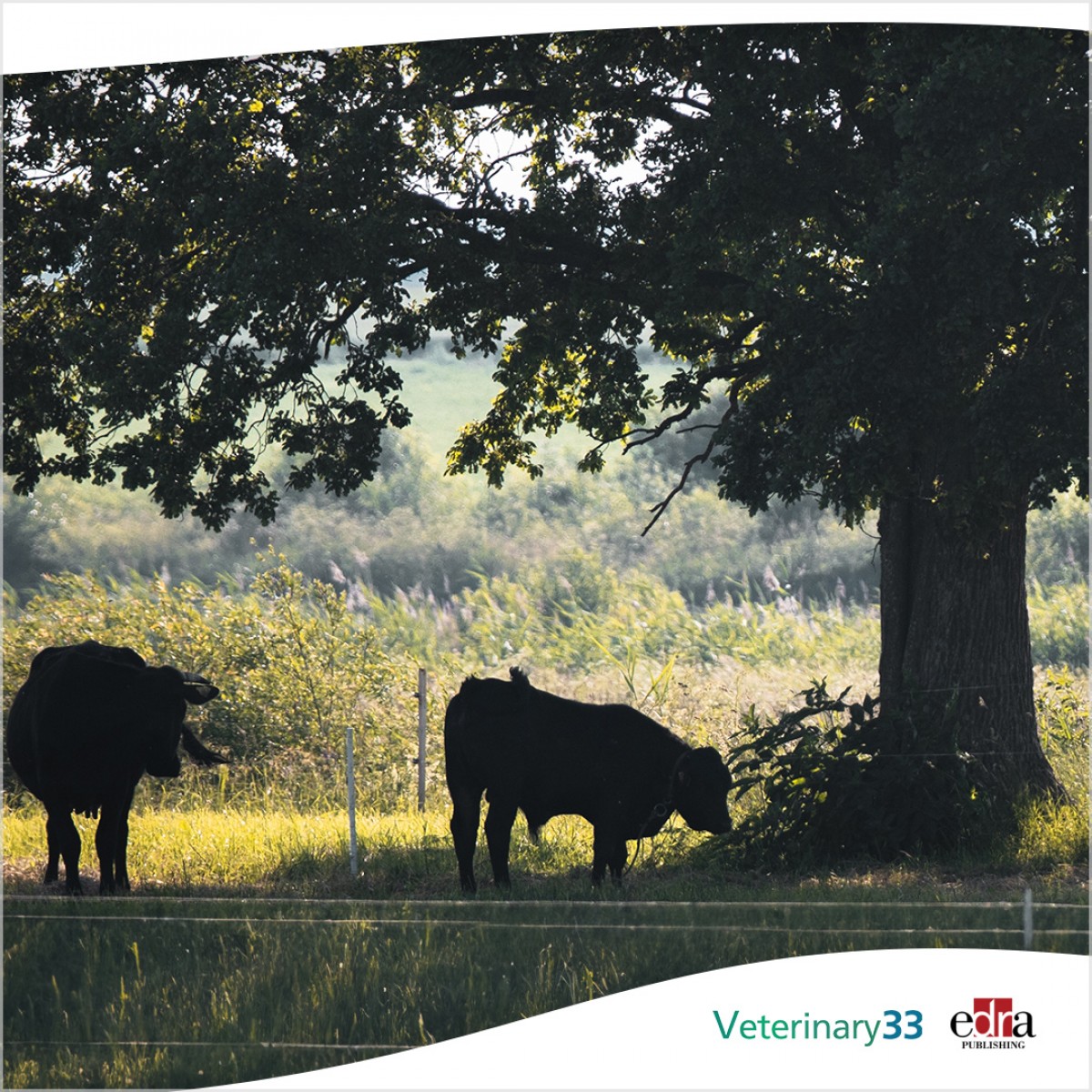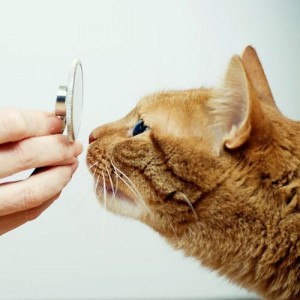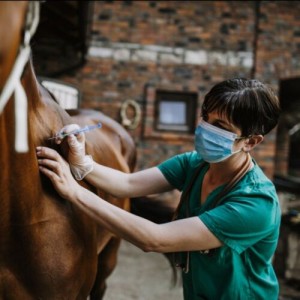USDA, DHS cut ribbon on National Bio and Agro-Defense Facility
On May 24, U.S. Department of Agriculture (USDA) and the Department of Homeland Security (DHS) Science and Technology Directorate (S&T) officials celebrated the dedication and ribbon-cutting of the National Bio and Agro-Defense Facility (NBAF). This facility, which offers the highest level of biocontainment laboratories and safety protocols, is the first of its kind in the United States and will allow scientists to study and diagnose critical animal diseases.
In a news release, Agriculture Secretary Tom Vilsack said that America’s farmers, ranchers and consumers count on USDA researchers to understand, monitor for and develop solutions to combat a variety of high-consequence animal pathogens, and a facility of this magnitude positions the government to respond.
“This new, innovative facility will give USDA scientists access to cutting-edge, safe and secure technology so they can continue to lead the world in animal health research, training and diagnostics to protect our food supply, agricultural economy and public health,” he said in the news release.
The valuable scientific information delivered by researchers at NBAF will also allow America to remain a leading contributor of countermeasures that will protect agriculture, economies and citizens across the globe.
NBAF will replace DHS’ Plum Island Animal Disease Center, which is a biosafety level-3 facility in New York that is more than 68 years old. Both departments have collaborated on the requirements for this next-generation science facility since 2006, and Manhattan, Kan. was selected as NBAF’s site in 2009. DHS led NBAF’s design and construction, and USDA will own and operate the facility.
“NBAF is a historic investment for agriculture and our Nation in ensuring the health, safety and security of the U.S. food supply,” said Under Secretary and USDA Chief Scientist Chavonda Jacobs-Young.
Under Secretary for USDA’s Marketing and Regulatory Programs Jenny Moffitt said the new facility highlights USDA’s commitment to taking every step possible to protect the U.S. from transboundary, emerging and zoonotic animal diseases.
“Through investments like these, we can ensure our country has the tools to keep the American people and our agricultural animals safe, and to prevent diseases costly to farmers,” she said.
With more than 400 employees, USDA’s Agricultural Research Service (ARS) and Animal and Plant Health Inspection Service (APHIS) will share NBAF’s operational responsibilities. ARS will primarily focus on research to understand high-consequence and emerging animal diseases and develop countermeasures, such as vaccines and antivirals. APHIS will focus on prevention, surveillance, diagnosis and response to these diseases, including the expertise to manage two vaccine banks and train state and federal veterinarians to recognize livestock diseases.
A ribbon-cutting ceremony held at the facility highlighted state and local community support. City of Manhattan Mayor Mark Hatesohl, Kansas State University President Dr. Richard Linton, Kansas Governor Laura Kelly, U.S. Senator Jerry Moran and former U.S. Senator Pat Roberts also addressed the crowd during the ceremony.
Adjacent to Kansas State University and on the Western edge of the largest concentration of animal health companies in the nation, the 48-acre NBAF campus includes more than 700,000 square feet of total building space. The main building, at 500,000 square feet, includes containment laboratories, animal holding facilities, office spaces, facility support areas and required safety systems — such as redundant high efficiency particulate air filter and waste decontamination systems.














List
Add
Please enter a comment